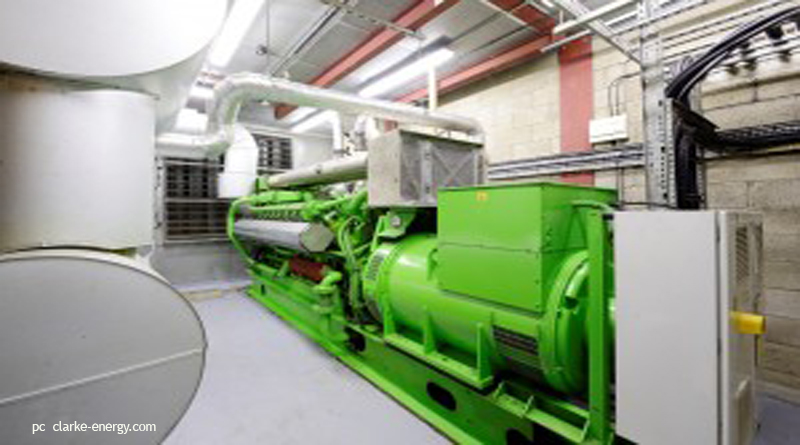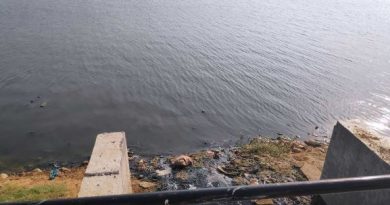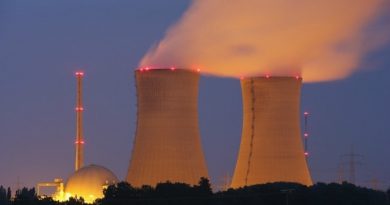India’s Captive power capacity. The 125,000 MW opportunity

Today, ‘captive’ power capacity itself in India is estimated at over 50,000 MW when taken for setups over 1 MW in size, with a further 75,000 MW worth of capacity in mostly unregulated gensets spread all over the country in industrial clusters and more. This ‘self support’ movement has meant that not only do the ailing discoms lose their best customers,but also a huge spike in pollution caused by relatively inefficient methods of power generation, especially the genset culture of power back ups. Even today, across key metros ranging from Bengaluru to the NCR, industrial clusters greet you with the unmistakable hum of thousands of gensets powering operations through the day when power trips up. A malaise that has spread, increasingly with diesel powered back up a standard presence at most residential cluster too.
Taking the need for pollution control, along with the abysmal performance of rooftop solar generation so far, these ‘sites’ and cluster offers the best possible opportunity for a focused system to incentivise and achieve both ends. Lower pollution and meet renewable energy goals.
Interestingly, almost 93% of total capacity added in Q4 of 2017 was renewable, with solar leading the way with almost 85% share of total capacity of 2690 MW added during the quarter. That points to clear challenges with fresh capacity going online with non-renewables, as well as the increasing cost effectiveness of renewables, making it attractive for large consumers.
If the policy changes of 1995-96 formalised a massive captive power ‘industry’ that is undoubtedly ‘dirty’ with its massive reliance on fossil fuels, its time to have a new policy in 2018-19 that changes the face of this ‘industry’ to a much more green look.
With the country at close to self sufficiency levels today, the need of the hour is a shift to better transmission and distribution network, from further investments in any more fossil fuel based stations.




